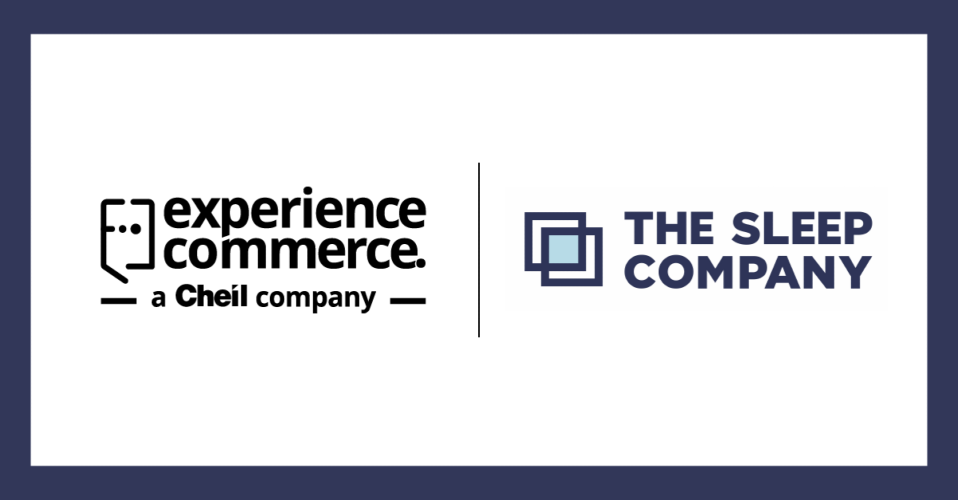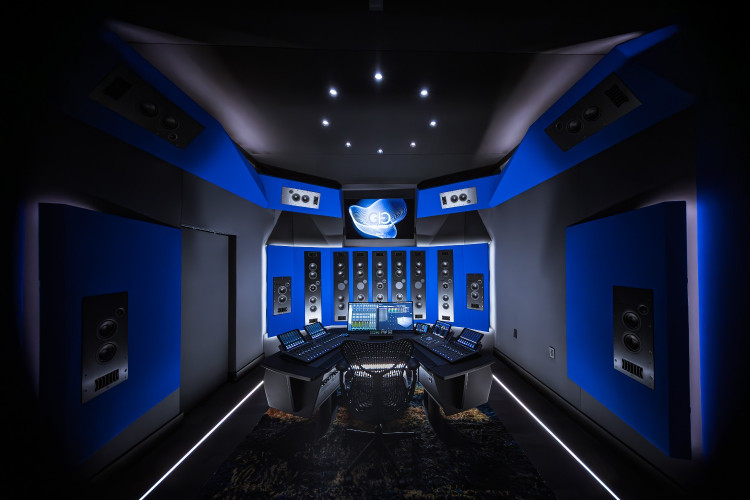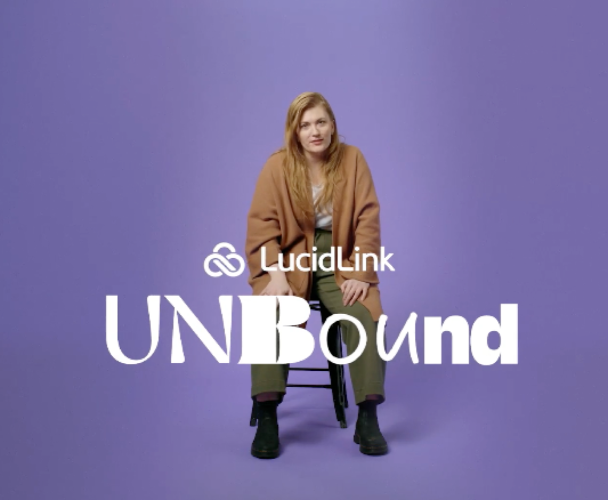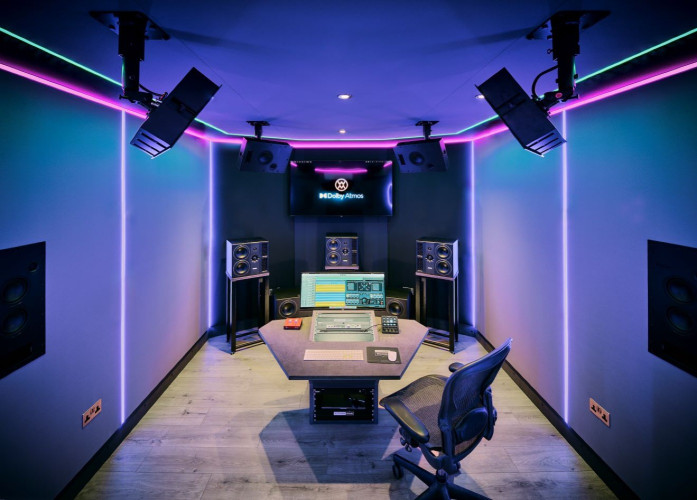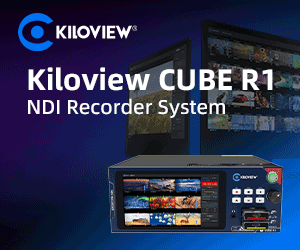Its A Bigger DAM Picture
Author: Dennis Lennie
Published 1st August 2009
There’s a lot of fuss these days about “Digital Asset Management.” Why? Because organizations (and their hard drives) are busting at the seams with digital assets that are multiplying faster than hamsters at a rave. Many of these organizations already have enterprise management software solutions in place, so DAM often becomes a new, isolated planet in the universe of corporate IT infrastructure…another “new” system tacked onto an existing framework, with weak connections (if any) to other existing business data.
But that’s not the right way to do it. It’s like saying that there should be one system (brain) in the body for managing muscle coordination, and an entirely different system for managing sight, sound, touch, and balance. They’re intrinsically connected and co-dependent, so they must share the same brain. Otherwise, you’re a dinosaur.
At first glance, a “media asset” just a file (or a tape, or a disc, or a card, or an old fashioned book – remember those?). But of course, it’s way more than that. It’s got pedigree. It’s got DNA. It’s got GPS (OK, just a “global position”). And to quote Christina Aguilera, it’s got Style, it’s got Class.
In other words, the big picture of media asset management includes many dimensions: clients, products, projects, equipment, hard drive types, media types, stock types (how much is left, how much it costs, and how to order more). This data leads to questions such as: Who’s paying for this version? Did they pay their last bill? What’s the person’s name and phone number? What is the communication history? How and to whom did they want “it” delivered last time? Unfortunately, many purpose-built “in-house” stand-alone DAM systems do not have the capabilities to track and manage all of this information in a sophisticated fashion.
DAM can not be a world unto it’s own. It must be fully integrated with other business systems, so that no matter the User’s current operational context, they can quickly see and find all related information. In order for this to happen, the scope must be broadened, bringing into play the entire studio and everything it encompasses…not just media itself. Instead of myopic “Digital Asset Management” software, consider unifying and propelling the entire business with an all-knowing universal overlord: “Studio Management Software”.
For example, AlterMedia’s Studio Suite™ (the leading studio management software www.studiosuite.com), links every operational aspect through relational databases. Like that old song, the DAM bone connects to the Project bone, Project bone connects to the Calendar bone, Calendar bone connects to the People bone, People bone connects to the Invoice bone, Invoice bone connected to the Inventory bone. You get the idea, right? Studio Suite is an all-in-one, fully-integrated, massively-connected, multi-dimensional, cohesively-designed, cross-platform, web-accessible, user-customizable, overly-hyphenated system.
How does everything relate in Studio Management Software??
From the context of the Project (where all of the scheduled resources, tasks, budgets, dates, times, prices, creative objectives, technical requirements, and deadlines are managed), you can instantly see all of the related physical and digital assets without jumping to a different system.
From the context of the Client’s record (where you can view all of their contact info, history, communications, invoice aging, related contacts, etc.), you can instantly see all of the related physical and digital assets without jumping to a different system.
From the context of the equipment inventory (where all of the details on scads of equipment is held), you can see all of the content on a particular hard drive.
Even from the context of media asset record itself, you can instantly jump to all related media assets, whether it’s all media for this project, for this client, of the same format, held in the same location, all of the movements this element has ever had, whether physical, or via electronic delivery (distributed and logged from within the same software of course), etc. Manage related talent, quality-control, storyboards, keywords, submissions, usages, rights management, publishing agreements, writer splits, labels, release forms, shipping / tracking numbers, barcodes, everything!
Get it? It all functions in one centralized database. One universal body.
Consider the following scenario: What if you do not have all of the necessary related information available at your fingertips? You cannot find the handwritten mailing address the client gave to you on their way out the door. Oh well, it doesn’t matter because no one knew you were out of inventory of the media stock you needed to even make the needed dubs! The client’s phone number is somehow misplaced and you do not have access to their FTP info, so you cannot upload the files to their site either. You go through all this stress only to find out that the client called yesterday and told someone else they wanted to extend the deadline. No one told you, though. On top of this, the accountant put a hold on the client’s account because they were overdue on payments. So, to come full circle, you are not even permitted to ship any order to this client in the first place! Can you say “embarrassing lack of efficiency?”
Now is the time to review your bottom line. Propel your damn DAM business and invest in an all-encompassing studio management application. You’ll be organized, your ass-ets will be covered, and your list of happy returning (and paying) clients will be multiplying faster than, um… digital assets on a RAID.
Joel Stoner is the founder and CEO of AlterMedia, Inc, the developer of Studio Suite, a leading studio management software. Studio Suite is used by organizations such as Sony, Warner Bros, Fox, ABC Universal, Microsoft, NASA, leading universities, and legions of boutique facilities in over 40 countries.







